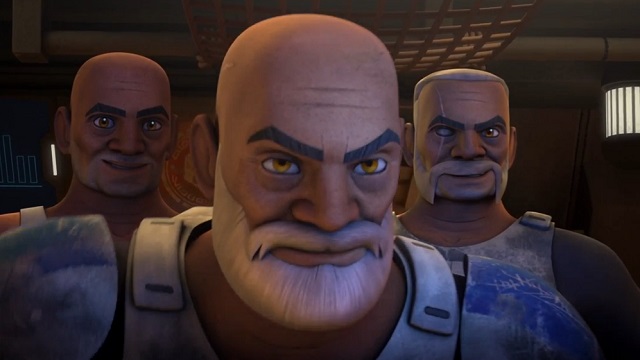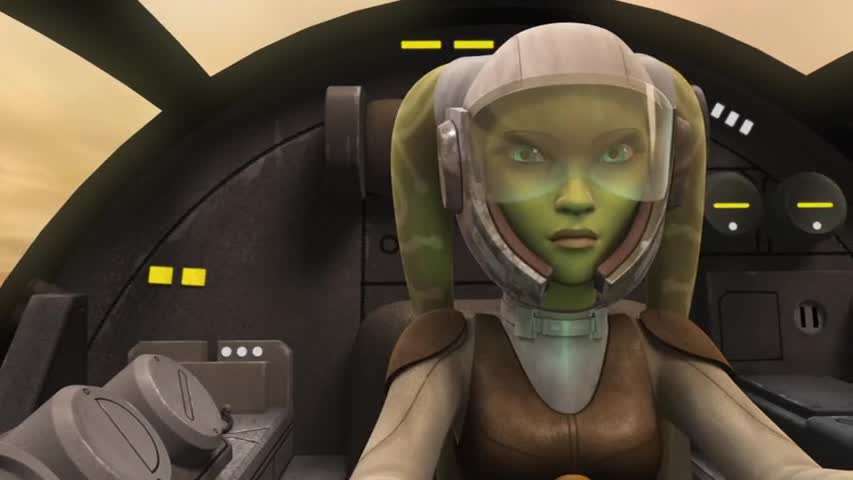
One thing that we’ve known about Hera right from the get-go is that she is a fantastic pilot. She’s taken the Ghost to some places that should be utterly impossible to go, and saved the lives of her crew a dozen times. We’ve also seen that she’s a compassionate leader, a true team mother, wholly devoted to the welfare of those with her and around her. She can wrangle even the most extreme of loners and rally them to a cause: the cause of freedom and justice.
As captain of the Ghost, she’s served in both capacities for the first season and now into the second. But as Rebels has evolved and the scope of the story expanded, the status quo has been shaken numerous times and in several ways. But the most realistic thing is how actions and choices made have had consequences that are both good and bad. The Grand Inquisitor was killed, but that caused two new Inquisitors to take a great interest in hunting down those responsible. The Spectres were chased off of Lothal by Darth Vader, but they joined up with a larger, more formal rebel task force shortly thereafter. What “Wings of the Master” did was present an opportunity for the status quo of the show’s most steady character to be shaken up in a way that may not necessarily be either one. Read More
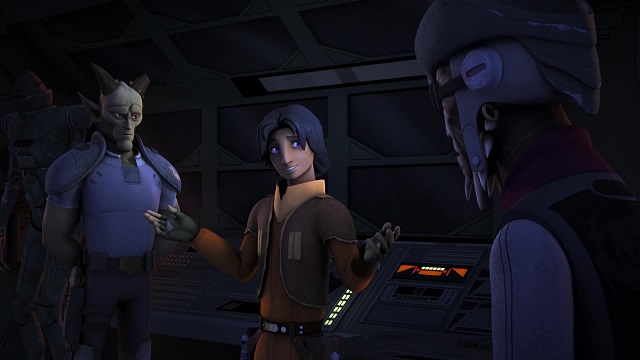
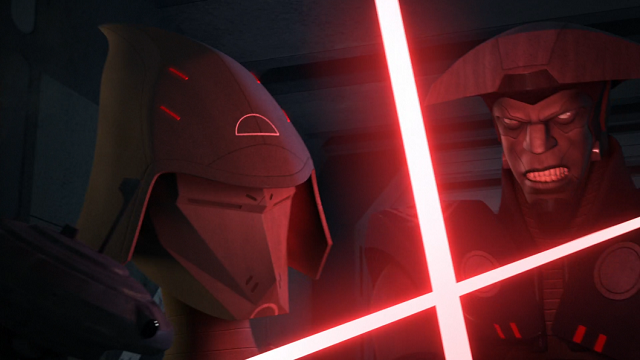
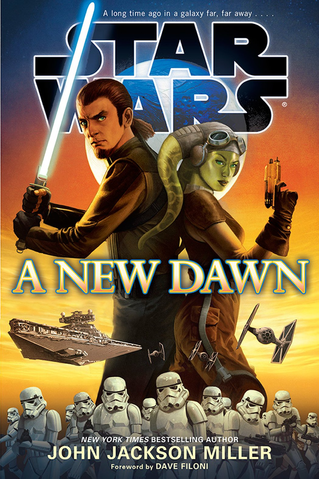 Now that we’ve all had well over a month to digest the Force Friday releases, some big-picture reactions are taking shape. Recently Jay elaborated on how the Servants of the Empire series
Now that we’ve all had well over a month to digest the Force Friday releases, some big-picture reactions are taking shape. Recently Jay elaborated on how the Servants of the Empire series 